This blog was written by Daniel Hawkins Iddrisu, Research Assistant, Research for Equitable Access and Learning (REAL) Centre, University of Cambridge.
The duality of Global North and South in the academic space is now a contrast of valued knowledge and undervalued knowledge. As a result of colonialism and systemic bias, knowledge produced from the Global South is often treated with disregard, a core tracer of “epistemic injustice”. To end this long-standing intellectual inequity and enhance the epistemological validity/legitimacy of research from the Global South – decolonising knowledge requires that we augment visibility and accessibility. The African Education Research Database was birthed to contribute to the decolonisation of knowledge through the accessibility of research for policy and development driven by African-based researchers.
This blog, the second of our blog series, focuses on mapping sub-Saharan African-based ECD research and researchers. Our work comes at a time when the nurturing care framework and global evidence point to the long-term benefits of ECD for individuals, families, and countries. Yet, not much is known about ECD research from and by sub-Saharan African (SSA)-based researchers. Meanwhile, a previous report by the Research for Equitable Access and Learning (REAL) Centre and Education Sub-Saharan Africa (ESSA) observed that there is high-quality education research stemming from Africa, hence the need to enhance local evidence for decision-making in sub-Saharan Africa. Following a similar mapping approach, we map SSA-led scholarship on ECD in international databases. We aim to understand the landscape of ECD research, the challenges, and the opportunities available to ensure the visibility and application of locally-led evidence to inform policy, planning, and practice in Africa.
Drawing on bibliographic international databases that primarily include publications in English – Dimensions, Scopus, Web of Science, and PubMed – our literature exploration focuses on studies conducted in 48 SSA countries, either by single or collaborated authorship with at least one SSA-based researcher. In this blog, we focus on publications indexed in high-impact journals in 2021, for which we have identified 1,005 publications. We examine publications by country, and the focus of ECD studies across six components of ECD – early childhood education (ECE), play, health, nutrition, responsive caregiving, and environment and protection. The analysis also studies funding and its sources, research collaboration within and without SSA, inequality factors addressed in ECD research, and authors’ gender.
Distribution of ECD research across countries
ECD research published in high-impact journals by SSA-based researchers is concentrated in a small number of countries. In 2021, the majority were written by researchers in Ethiopia (26% of the total). This is followed by Nigeria, Ghana, Kenya, Uganda and Tanzania, which collectively account for 64% of the 2012 publications.
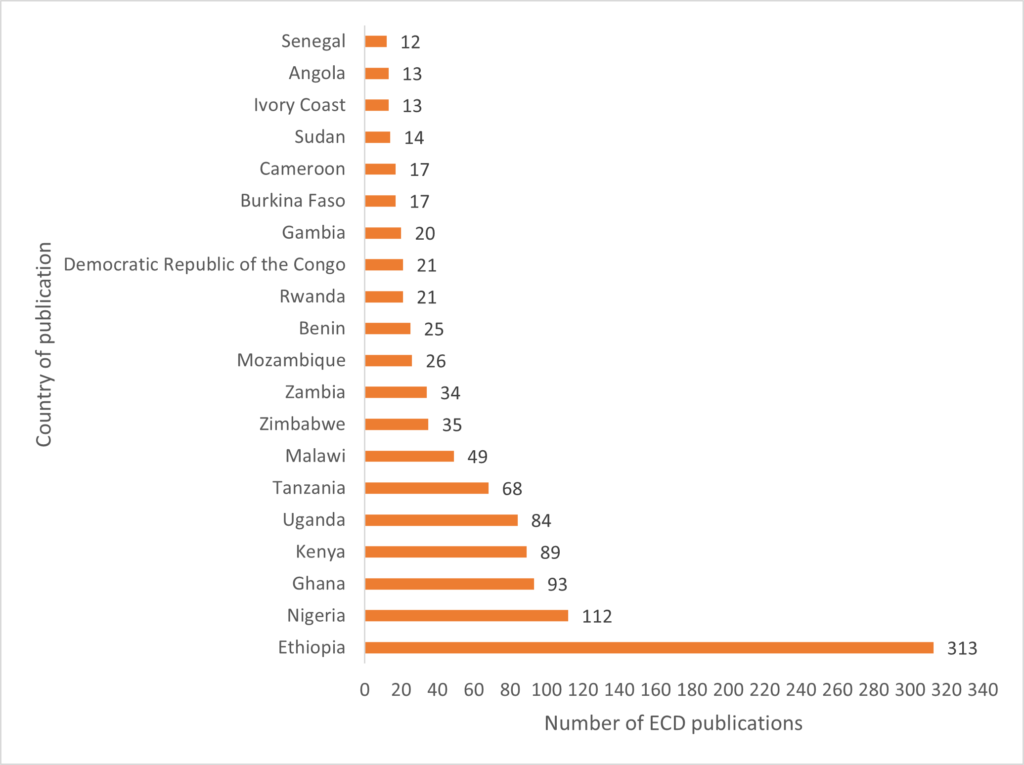
Figure 1: ECD publications by country, top 20 countries, 2021. Source: Author’s analysis based on publications identified from 2021.
ECE and play represent an extremely small proportion of the publications
Our analysis of publications from 2021 shows that ECE and play represent a far smaller number of publications amongst the six ECD components, comprising only 5% and 4% respectively. By contrast, the vast majority have a focus on health (91%), with around half focused on nutrition. Many of the publications cover more than one of the six components. For example, 32% and 42% of publications on education related to nutrition or health, respectively.
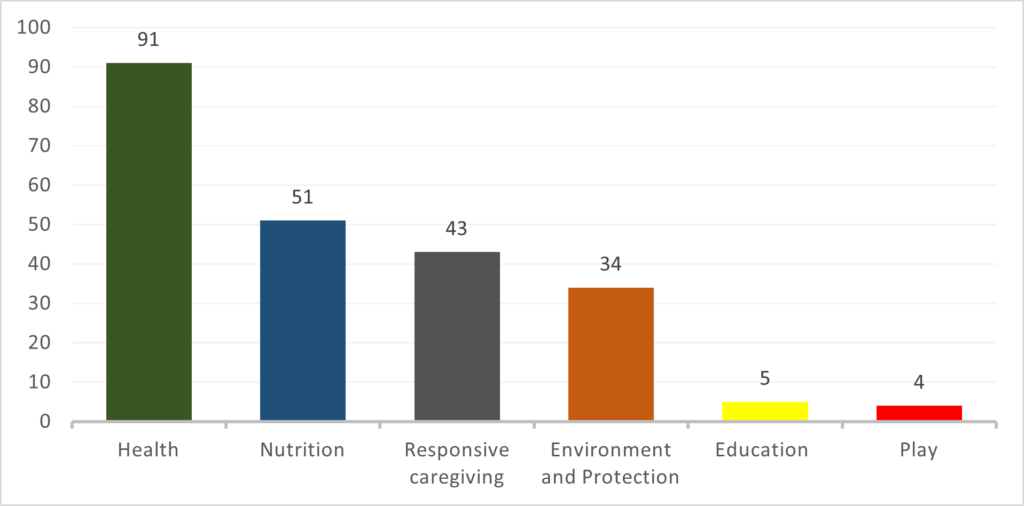
Figure 2: Percentage of publications by six ECD components, 2021.
Source: Author’s analysis based on publications identified from 2021.
Note: many publications address more than one component, and so the bars add up to more than 100%.
Addressing inequality issues in ECD research
In our exploration of the extent to which publications pay attention to issues of inequality, we find that very few did so in 2021 (Figure 3). The most prevalent focus is on poverty, but even then only one quarter of publications include a focus on this. Even gender only receives a focus in around one fifth of the publications, despite the global and regional attention it has received in recent times. And only 3% of ECD publications in 2021 examined disability-related issues.
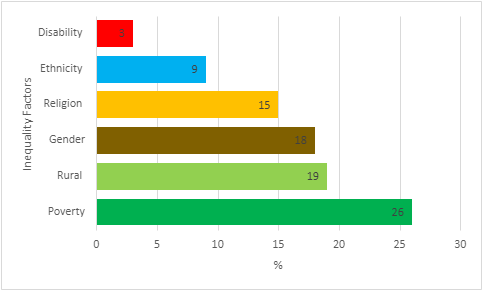
Figure 3: Inequality factors addressed in ECD research from 2021
Source: Author’s analysis based on publications identified from 2021.
Note: Many publications address more than one inequality factor.
Gender imbalance in publications
Only 24% of publications on ECD identified in 2021 include female researchers. The proportion is higher in education (32% female) and play (41% female), but these are areas with very few publications overall. This raises questions about why female researchers have fewer opportunities to publish. One reason is that there are a smaller proportion of females in universities. Questions also arise about whether they have fewer opportunities to access funding, for example.
Over 50% of ECE research is not funded
Overall, only 50% of ECD research received funding from the publications we identified. We find that research on play reports receives a higher proportion of funding compared with the other five components, with funding particularly from international institutions (Figure 4). However, as identified above, there are only a very small number of publications on play. This pattern is different to the findings from our in-country publication analysis, where we observe a greater proportion of publications on ECE and play but that these receive less funding proportionally.
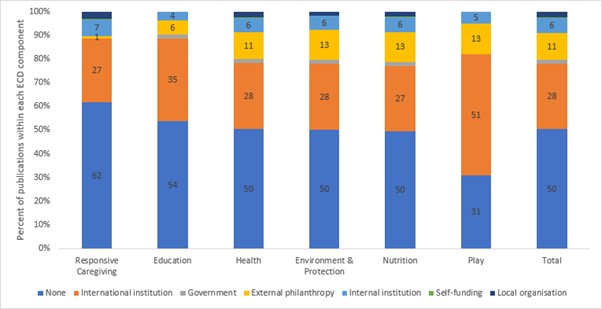
Figure 4: Percentage of ECD research funding by component, 2021
Source: Author’s analysis based on publications identified from 2021.
An imbalance of intra-SSA collaboration
Figure 5 shows that almost all ECD publications have some form of collaborations. We find that more than half (57%) of the publications involve collaboration between SSA-based researchers and researchers outside SSA, which is greater than collaborations between countries in SSA. This could in part be due to the dominance of funding from international sources, which continue to favour the inclusion of researchers outside SSA. This highlights a need for greater investment in South-South collaboration.
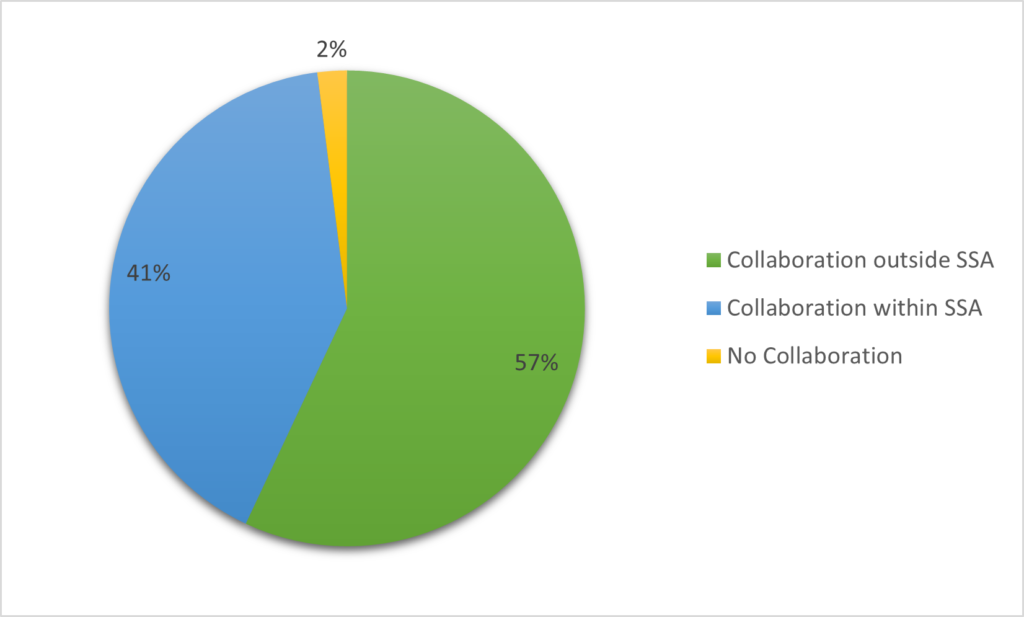
Figure 5: Percentage of ECD collaboration within and outside SSA
Source: Author’s analysis based on publications identified from 2021.
Acknowledging, valuing, and promoting knowledge produced from across different contexts, including ECD research by SSA-based researchers, will be a game changer for identifying relevant, evidence-based policy interventions. While we find that ECD research by SSA-based researchers exists in high-impact journals, it is skewed towards health and nutrition, and emanates from a small number of countries. There is a need for greater investment, including by domestic institutions and governments, to prioritise and commit to funding evidence on ECD, particularly in under-researched areas.
———————-
This is the second in a series of blogs related to increasing the visibility of African research through the collaboration between Education Sub Saharan Africa and the REAL Centre, in order to increase the visibility and use of African research, with a focus on early childhood development and foundational literacy and numeracy. See also the African Education Research Database.
The other blogs in the series are:
Prioritising early learning research in sub-Saharan Africa for equitable learning outcomes

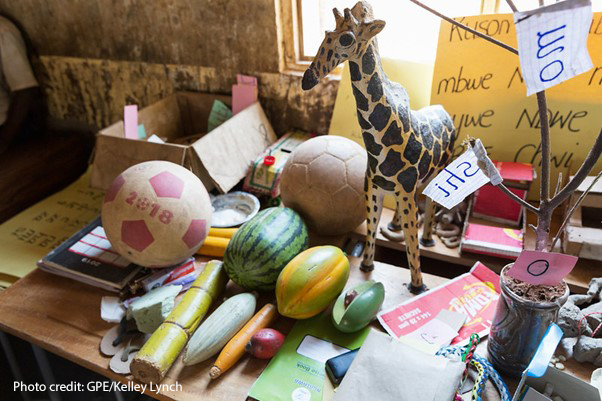
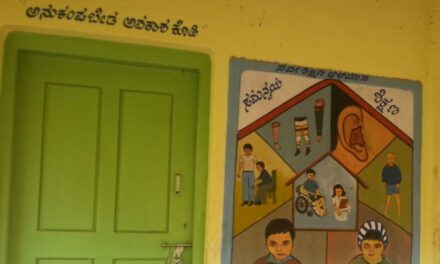
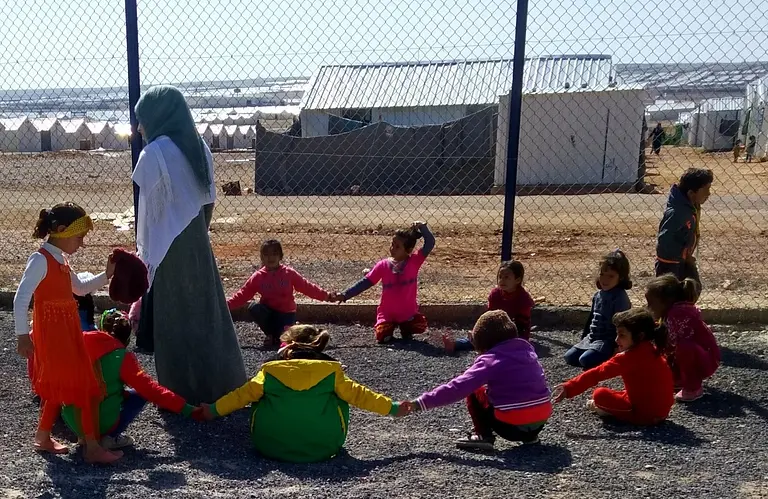
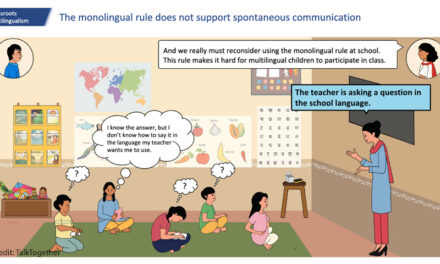
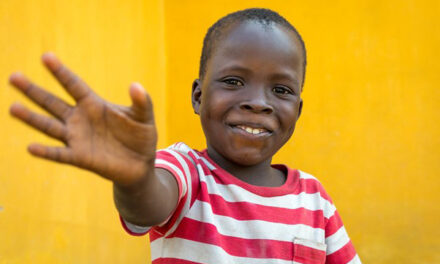
GREAT WORK